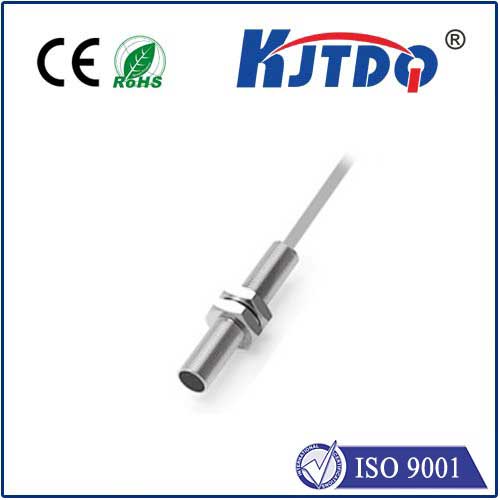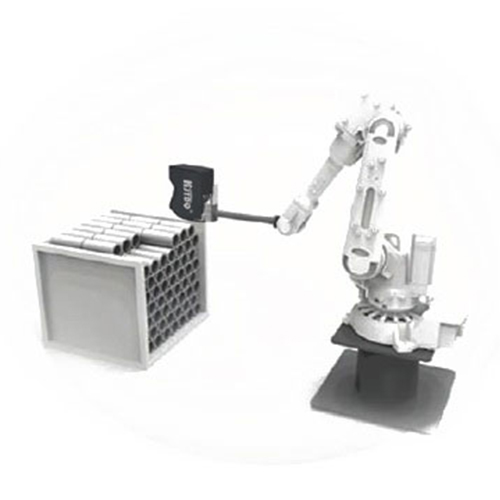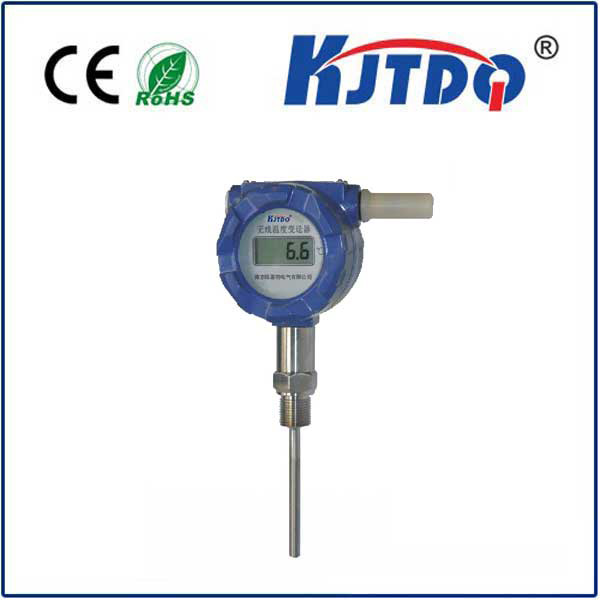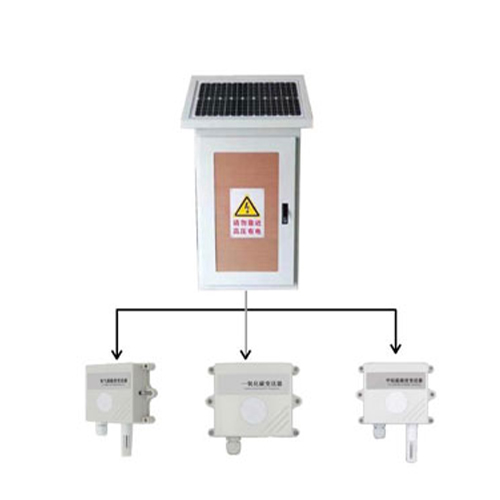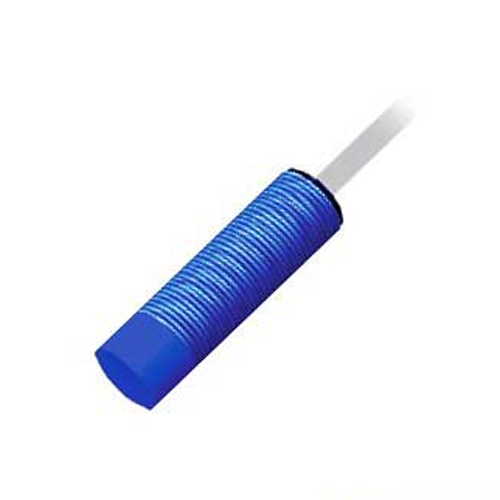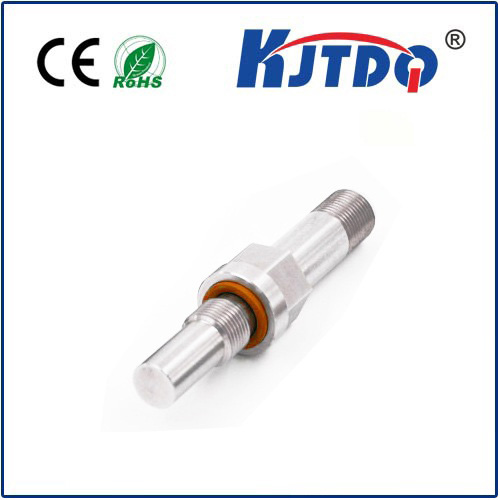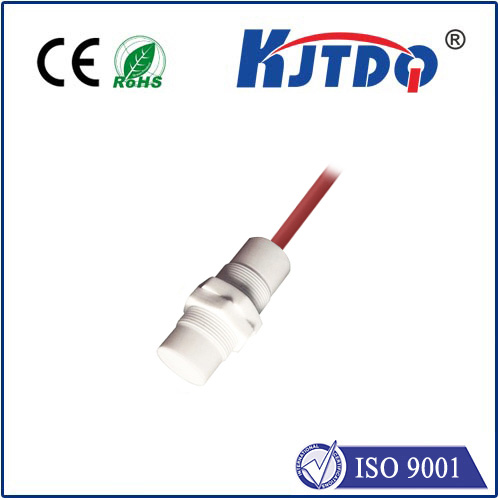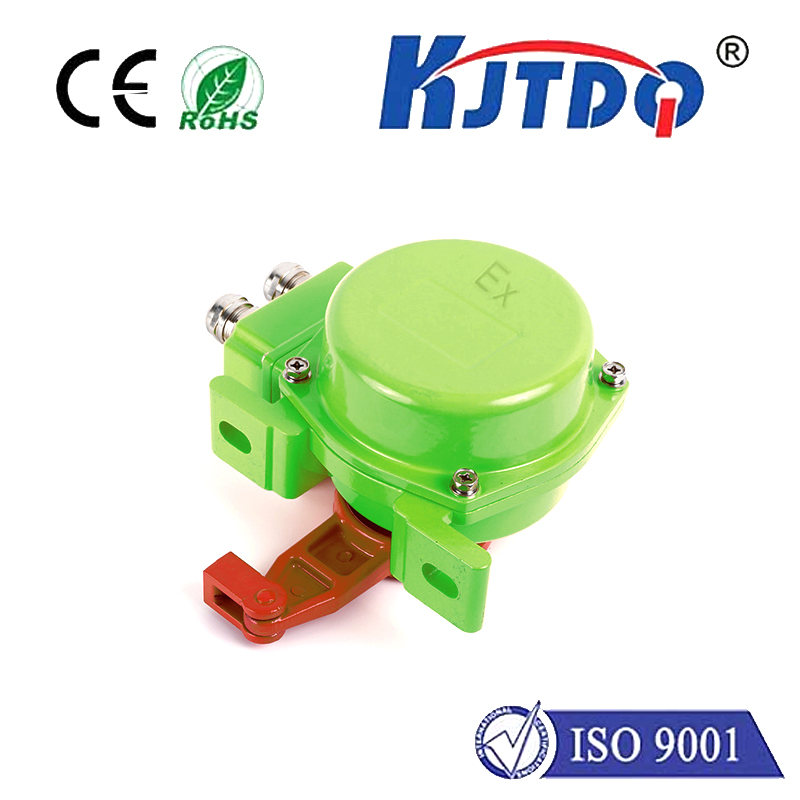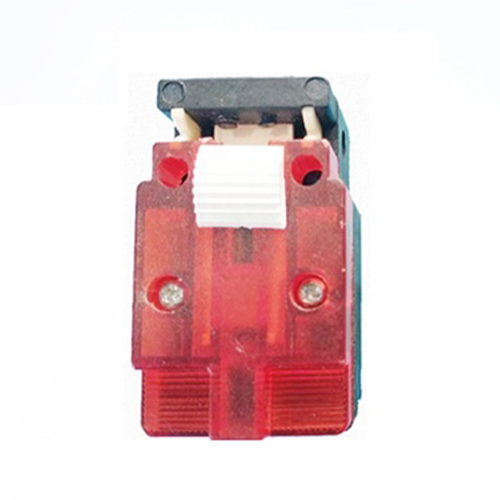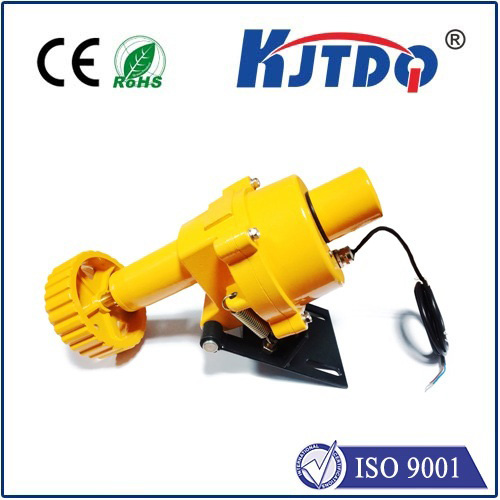

check

check

check

check

check

check

check

check

check

check
lunger Type Limit Switch: An Indispensable Component in Automation
The world of automation is constantly evolving, and with every advancement comes a new set of challenges. One such challenge is the need for precise control over machinery and equipment. This is where the plunger type limit switch comes into play. A vital component in automation systems, it ensures that machines operate within defined parameters, preventing damage and maximizing efficiency.
A Plunger Type Limit Switch at a Glance
The plunger type limit switch is a specialized device designed to detect the presence or absence of an object, typically a movable part of a machine. It consists of a plunger, a housing, and an actuator. The plunger is spring-loaded and can be extended or retracted depending on the position of the object it monitors. When the object reaches a certain point, it triggers the switch, which then sends a signal to the control system to initiate or terminate a specific action.
Applications Abound

The versatility of the plunger type limit switch makes it an essential component in various industries. In manufacturing, it ensures that assembly lines operate smoothly by monitoring conveyor belts, robotic arms, and other machinery. In material handling, it helps prevent collisions between automated guided vehicles and their surroundings. In packaging, it facilitates accurate filling and sealing processes by controlling the movement of containers and closures. These are just a few examples of how the limit switch enhances productivity and safety across different sectors.
Advantages of Precision Control
One significant advantage of using a plunger type limit switch is its ability to provide precise control over machinery. By setting limits on how far a machine can move or how fast it can operate, manufacturers can optimize their processes while reducing the risk of errors or accidents. This not only improves product quality but also minimizes downtime due to mechanical failures or misalignments. Additionally, the switch's durability and reliability make it suitable for harsh environments, ensuring consistent performance even under challenging conditions.
Integration Made Easy
Integrating a plunger type limit switch into an existing automation system is relatively straightforward. Most models feature standardized interfaces compatible with common industrial controllers. Installation usually involves mounting the switch at the appropriate location and connecting it to the control system via electrical wiring or wireless communication. Once installed, configuration is done through software or dedicated programming tools, allowing operators to set parameters based on their specific requirements.
Embracing Innovation
As technology continues to advance, so does the functionality of the plunger type limit switch. Manufacturers are incorporating smart features like IO-Link capabilities, which enable two-way communication between sensors and controllers. This allows for data logging, diagnostics, and more sophisticated control strategies. With these enhancements, the limit switch becomes not just a simple binary input device but a critical node in an intelligent network of devices working together to achieve optimal performance.
In Conclusion
The plunger type limit switch stands as a testament to the power of precision engineering in driving automation forward. Its ability to monitor and control mechanical movements with accuracy has made it an indispensable component in modern manufacturing and beyond. As we continue to push the boundaries of what machines can do, the limit switch will undoubtedly remain a cornerstone in our pursuit of efficient and reliable automation solutions.
